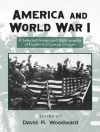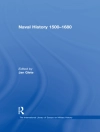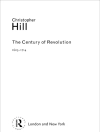This book examines the study of natural history in the Spanish empire in the years 1750-1850. During this period, Spain made strenuous efforts to survey, inventory and exploit the natural productions of her overseas possessions, orchestrating a serries of scientific expeditions and cultivating and displaying American fauna and flora in metropolitan gardens and museums. This book assesses the cultural significance of natural history, emphasising the figurative and utilitarian value with which eighteenth-century Spaniards invested natural objects, from globetrotting elephants to three-legged chickens. It considers how the creation, legitimisation and dissemination of scientific knowledge reflected broader questions of imperial power and national identity.
This book will be of particular interest to scholars and students of Spanish and Latin American History, the History of Science and Imperial Culture
Table of Content
1. Morals and monuments
2. Sloth bones and anteater tongues
3. Nature on display
4. Peripheral vision
5. The creole conundrum
6. Civilisation and barbarism
7. Naturalistes sans frontières
Conclusion
Bibliography
Index
About the author
John Mac Kenzie is Emeritus Professor of Imperial History, Lancaster University and holds Honorary Professorships at Aberdeen, St Andrews and Stirling, as well as an Honorary Fellowship at Edinburgh.












